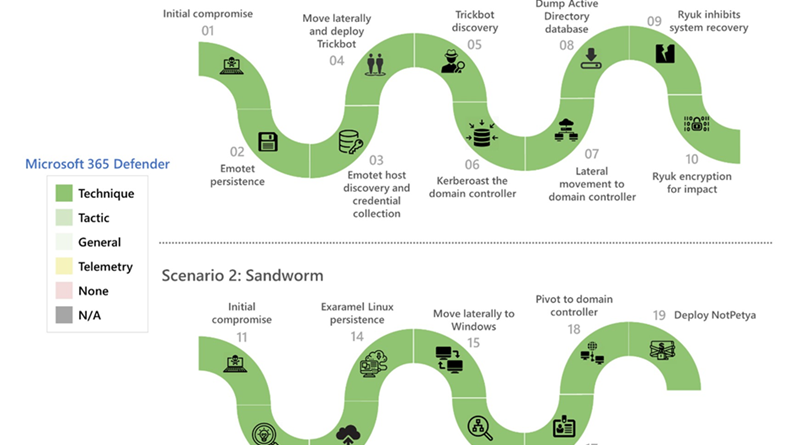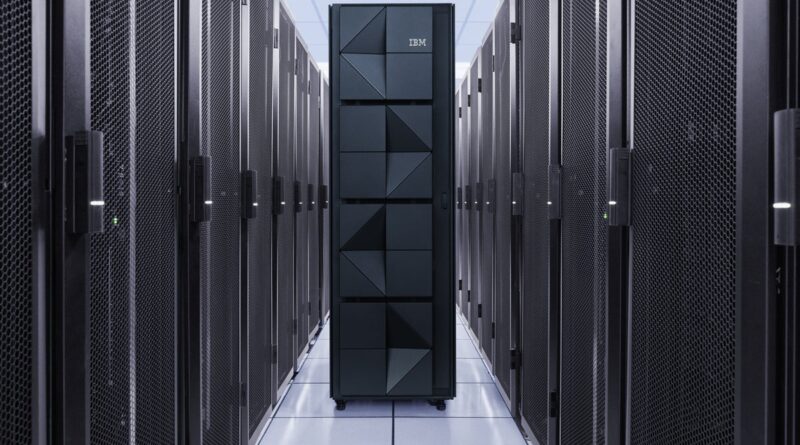Cohesity launches FortKnox to protect data from ransomware attacks
Data management specialist Cohesity is launching a new data isolation and recovery tool called FortKnox, in a bid to help customers protect their data from ransomware attacks.FortKnox provides an additional layer of off-site protection for customers by keeping data in a secure ‘vault,’ with physical separation, network and management isolation to keep threat actors from accessing sensitive data.An object lock requires a minimum of two or more people to approve critical actions, such as changes of vault policy, and access can be managed using granular role-based access control, multi-factor authentication, and encryption both in-flight and at rest.To read this article in full, please click here READ MORE HERE…










